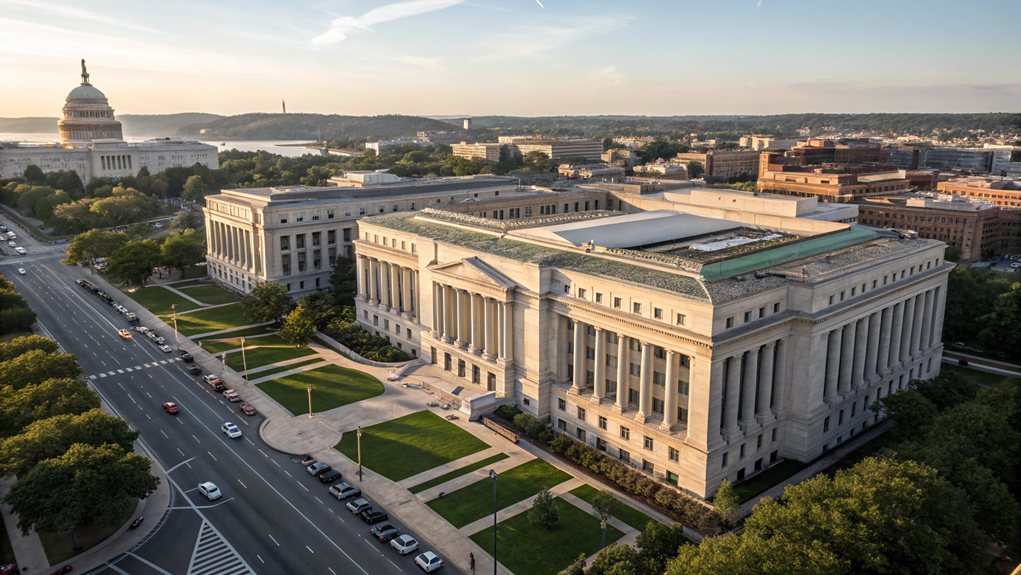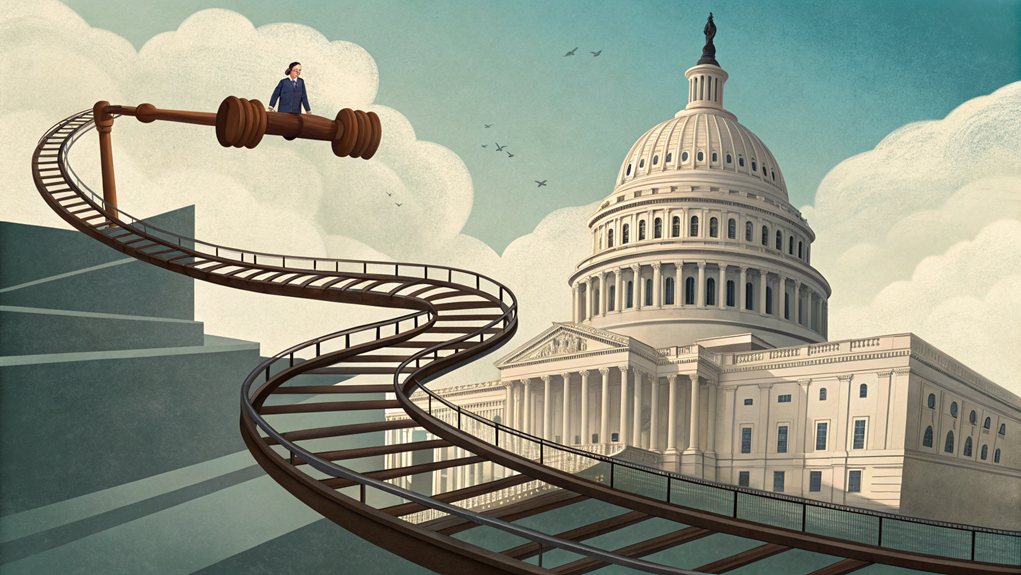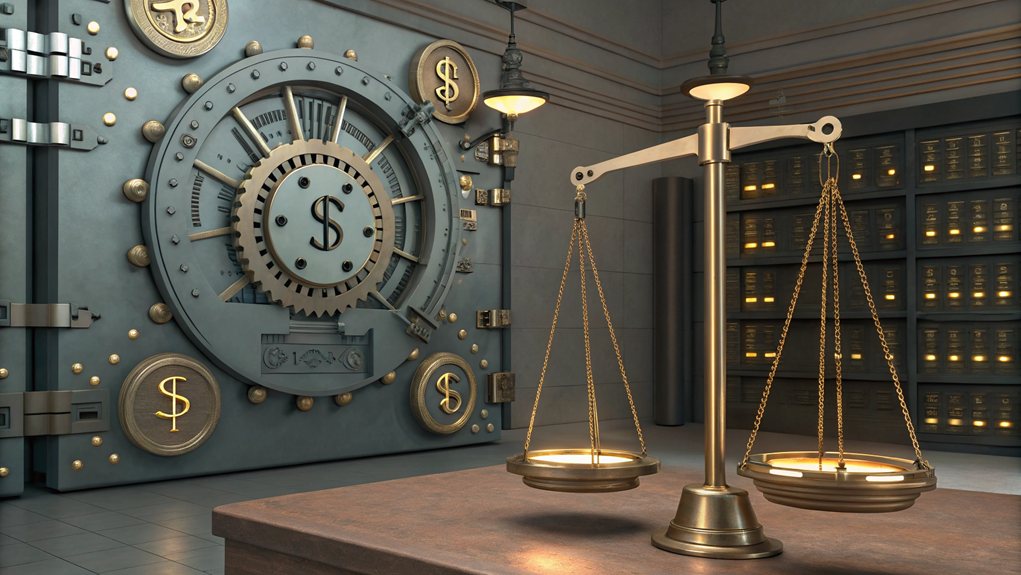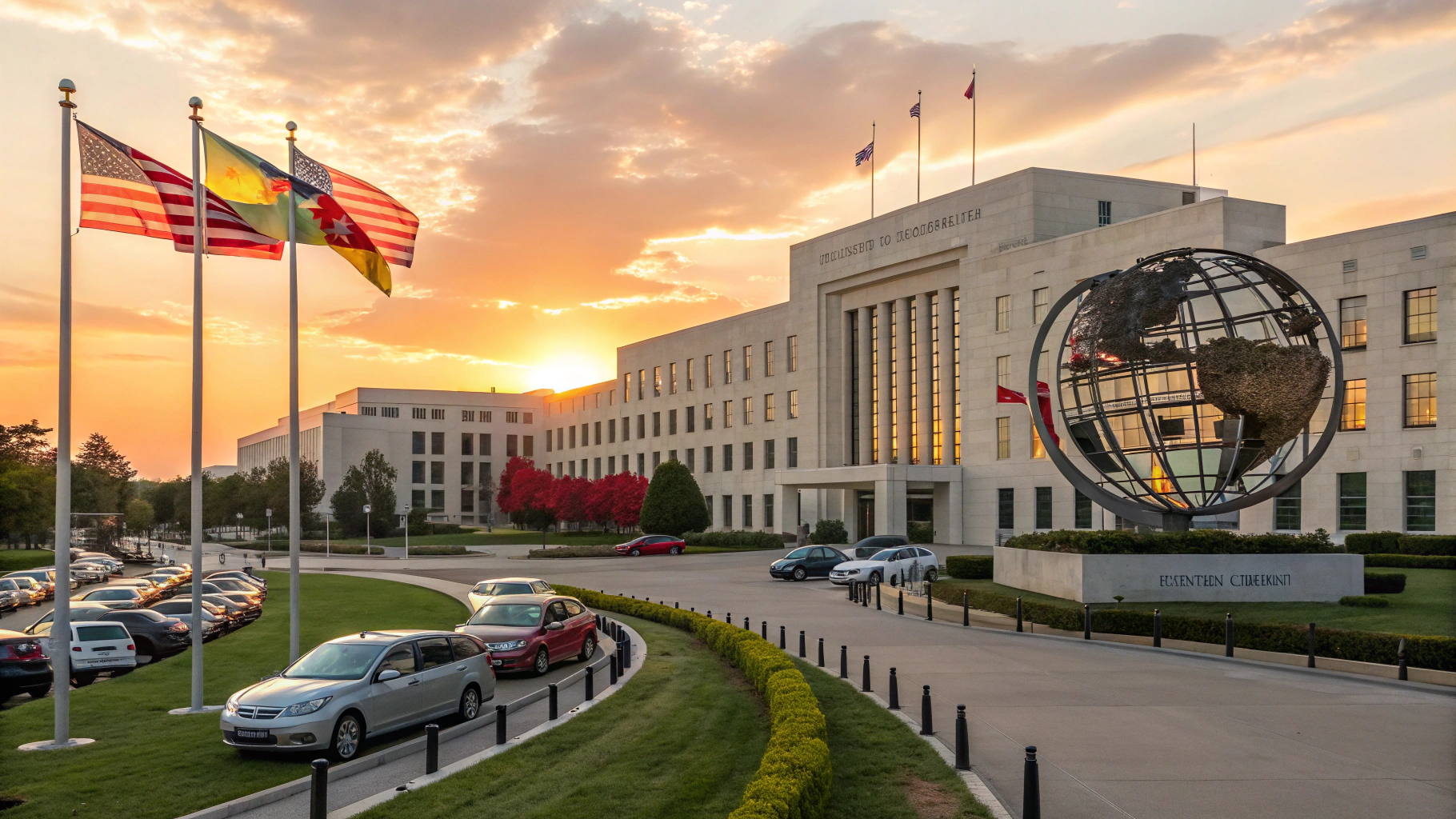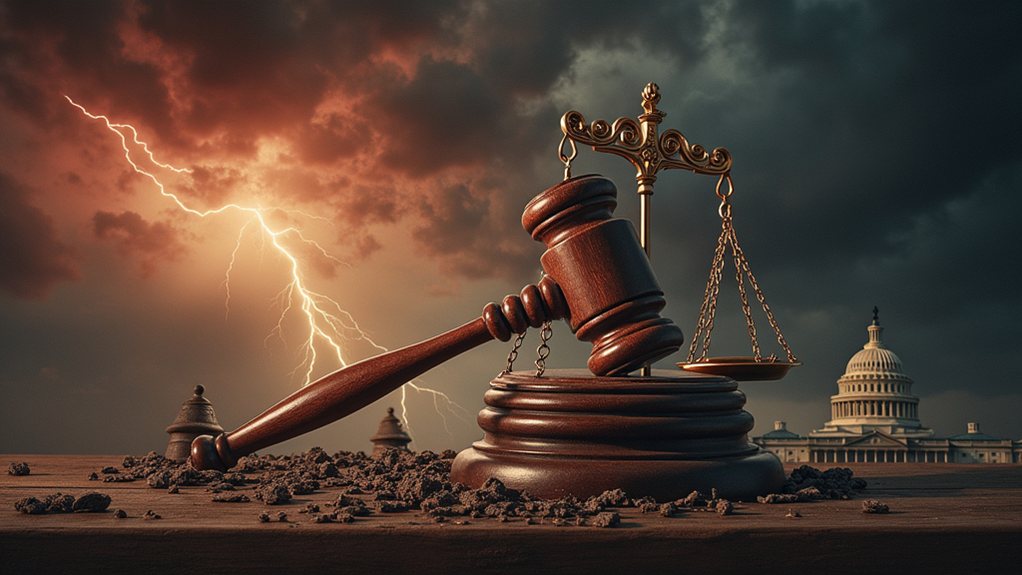The Department of Justice (DOJ) is a key player in the Executive Branch, tasked with enforcing federal laws and administering justice—no small feat. Led by the Attorney General, it balances crime fighting with the protection of civil liberties. With various divisions and law enforcement agencies under its umbrella, it technically runs the legal show across the U.S. Interested in how all these moving parts fit together? Stick around for some juicy details on their inner workings.
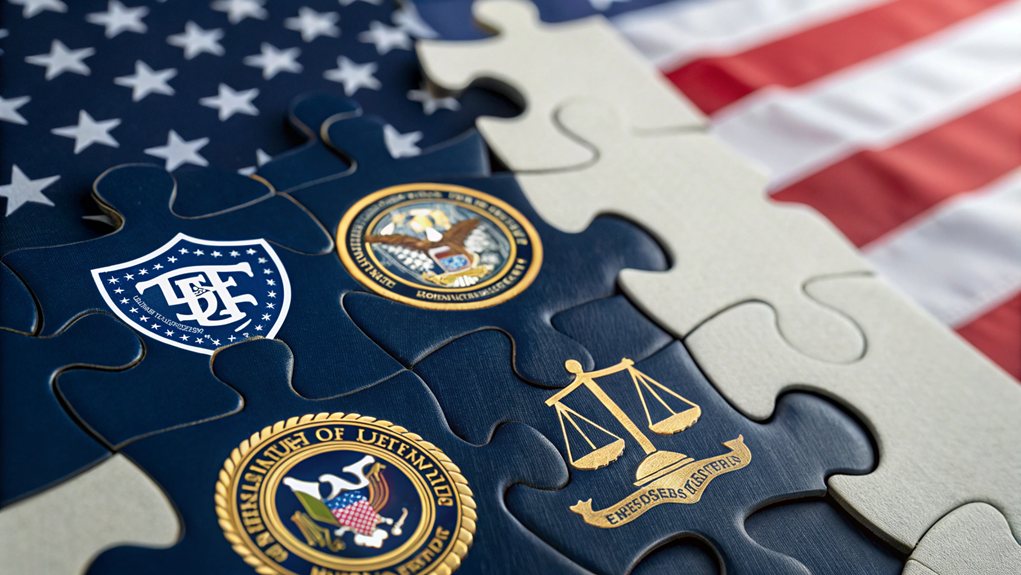
The Department of Justice, or DOJ for those who like to keep it snappy, is a colossal machine churning away to enforce federal laws and administer justice—whatever that means these days. At the helm is the U.S. Attorney General, a big cheese who reports directly to the President. They're a member of the Cabinet, which sounds fancy but really just means they help run this behemoth of a department. The Deputy Attorney General is right there, assisting with the chaos, while the Associate Attorney General keeps an eye on various divisions that handle everything from civil rights to antitrust issues. The DOJ operates within the Executive Branch of the government, maintaining a balance between law enforcement and protecting civil liberties.
This department isn't just about suit-and-tie meetings and paperwork; it's on the frontline of enforcing federal laws and keeping the nation safe. They're out there battling crime, punishing wrongdoers, and trying to guarantee that justice isn't just a nice idea but a reality for Americans. The DOJ also oversees domestic enforcement of federal laws, ensuring that its directives are followed across all U.S. territories. Additionally, the DOJ's history reflects its evolution of the Department's mission, highlighting its commitment to justice through the years.
You've got eight divisions tackling different areas like criminal justice, environmental protection, and national security. It's a full plate, and they've got offices managing everything from legal counsel to immigration cases.
And let's not forget the law enforcement agencies under their umbrella—the FBI, DEA, ATF, and the U.S. Marshals Service. Each has its own mission, but they all play a role in the DOJ's epic saga. The Bureau of Prisons even manages federal prisons; a real party, right?
Funding? Oh, it's massive. In fiscal year 2012, they requested $28.2 billion. That's a lot of cash for FBI operations and civil rights litigation.
The DOJ's mission is to uphold the rule of law while maintaining values like honesty and integrity. They want to be trusted, which is quite the challenge in today's world. They've got field offices across the U.S. and even in over 50 countries. International cooperation? You bet. The DOJ is everywhere, doing its thing.
Frequently Asked Questions
What Is the History of the Department of Justice's Formation?
The Department of Justice? Oh, it started back in 1870.
Before that, the Attorney General was juggling responsibilities like a circus performer.
Finally, Congress decided enough was enough. They created the DOJ to tackle civil rights and domestic terrorism.
Amos T. Akerman became the first Attorney General, and they hit the ground running—prosecuting the Ku Klux Klan, no less.
Fast forward, and now it's a sprawling federal law enforcement machine. Quite the glow-up, right?
How Are DOJ Officials Appointed and Confirmed?
DOJ officials, especially the Attorney General, have a pretty intense appointment process.
First, the President picks someone. Then, they face the Senate's interrogation—uh, hearings. Senators grill them, asking questions that can feel more like an inquisition.
If they survive that, they get a vote. Yay or nay? It's like a reality show, but with more suits and less drama.
Ultimately, it's all about who can handle the pressure and keep it real.
What Major Cases Has the DOJ Handled in Recent Years?
In recent years, the DOJ has tackled a wild mix of cases. From challenging a controversial executive order on gender-affirming care to revisiting police reform agreements, they've been busy.
They've also been knee-deep in environmental lawsuits and financial fraud cases, because why not?
Oh, and let's not forget the ongoing efforts to combat terrorism and espionage. It's a chaotic carousel of legal battles, with no signs of slowing down.
How Does the DOJ Collaborate With State and Local Law Enforcement?
The DOJ plays nice with state and local law enforcement—most of the time.
They throw money at grants, offer training, and set up task forces. It's all about sharing intel to tackle crime, especially when it spills over borders.
Programs like the Public Safety Partnership aim to cut down on violence.
Sure, they're trying to build trust, but let's be real: crime doesn't just stop because they're holding hands.
What Role Does the DOJ Play in Immigration Enforcement?
The DOJ plays a big role in immigration enforcement. They're all about cracking down on those pesky undocumented folks.
Directives from the top say to target state and local officials who don't toe the line. Investigations? Absolutely. They sniff out any obstruction like bloodhounds.
They've got serious statutes backing them up, too. If cities want federal cash, they better comply.
Sanctuary cities? Yeah, they're in the crosshairs. Welcome to the enforcement party!
